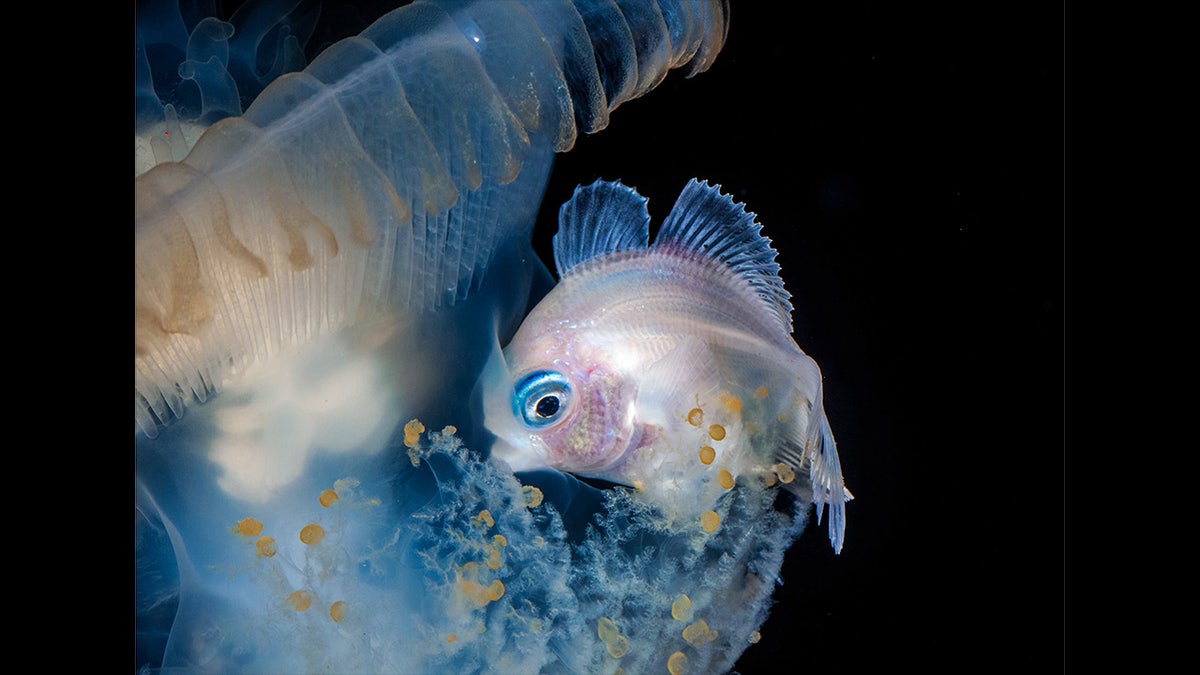
File photo - This snapper has taken a Stranger Things approach to his underwater photography, peering into the Upside Down and photographing the most intriguing creatures of the deep. (JEFF MILISEN/CATERS)
Rather than Finding Nemo, Nemo is set to find our adversaries and serve as an important function in aiding national security.
The Defense Advanced Research Projects Agency (DARPA) has put in motion a new research program entitled Persistent Aquatic Living Sensors (PALS) to determine if various underwater creatures – ranging from bioluminescent plankton to goliath grouper – can eventually be tasked with identifying subaqueous drones from U.S. enemies as well as detecting nuclear submarines and other vehicles.
According to the Scientific American, “a number of marine animals respond audibly or visibly to sound, optical, electromagnetic and chemical shifts in the water around them,” which will allow researchers to monitor their conduct.
Unlike current spy technology, including the conventional Sonar technology, which is labor-intensive, expensive and enables adversaries to also detect the same pings, “living organisms are self-powered and can sense visual, magnetic and chemical cues as well as sounds.”
NAVY DOLPHIN FINDS 130-YEAR-OLD TORPEDO
“The U.S. Navy’s current approach to detecting and monitoring underwater vehicles is hardware-centric and resource intensive. As a result, the capability is mostly used at the tactical level to protect high-value assets like aircraft carriers, and less so at the broader strategic level,” PALS program manager Lori Adornato said in a statement. “If we can tap into the innate sensing capabilities of living organisms that are ubiquitous in the oceans, we can extend our ability to track adversary activity and do so discreetly, on a persistent basis, and with enough precision to characterize the size and type of adversary vehicles.”
If successful, fish could potentially serve as cost-effective detectives in hard-to-reach places as well as in protecting critical American assets; and have the capacity to navigate far more freely than any human being.
DARPA anticipates that PALS will be a four-year, fundamental research program requiring contributions in the areas of biology, chemistry, physics, machine learning, analytics, oceanography, mechanical and electrical engineering, and weak signals detection. It has so far allocated $45 million to five research teams to examine and research the marine behaviors below the ocean, with findings to be published over the next several years.




















